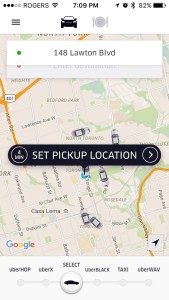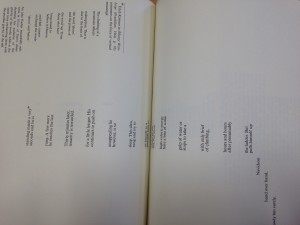This weeks blog question intrigued me! If I could go back to any time when would I go? If I could tell the people one really important thing about the future of books and reading, what would I tell them? There are so many interesting places in time and would I wish to speak to the population or a particular author? Would I tell Jane Austin what an inspiration she would become? Would I tell Shakespeare how far his influence would reach and that he should demand more money? I am joking, but in terms of when I would go I think I would travel back to the 1890s.
In 1894 Octave Uzanne published “The End of Books” in Scribner’s Magazine. In this article the end of books is discussed as the result of the new technology and innovations. Uzanne believed that the book as a codex with “collections of paper, printed, sewed and bound in a cover announcing the title of the work”, would be radically altered. He believed that print could easily become replaced by phonography. On the basis that reading is tiring and man is lazy, he hypothesized people it will opt for telegraphy which requires no physical effort or strain to listen to. If I went back I would tell them that no matter the technological inventions and innovation whether the telegraph, radio or computers (though those weren’t invented yet) books will always have a place in time. Those technological innovations are still important but so are books and thus they should still be respected and hold regard.
I would also tell them to protect their books! While the late 1800s and early 1900s is quite young to the Rare Book and Manuscript world, however as time goes on these books will become older and possibly rarer and what makes a book rare or valuable is not always age. If there is a level of provenance or a limited print run or a disaster then a book may become rare or unique or valuable. If they protect their books more will likely survive and those which do survive will be in a better condition. Also ask them to keep a log of their libraries as it is an important component or evidence of reader history.
In a less altruistic manner I would also find my distant relatives and ask them to gather first additions of some of my favourite books. These include Dracula, The Importance of Being Ernest, The Adventures of Sherlock Holmes and the series, Around the World in 80 Days and The Call of the Wild – to name a few. I would ask these family members to get the authors to sign them and then keep them very safe! Away from food, fire, and mild and in a dry and safe place. They can be passed through the generations and left to me.
Reference
Uzanne, Octave. “The End of Books.” Scribner’s Magazine 26 (July-December 1894): 221-31.





